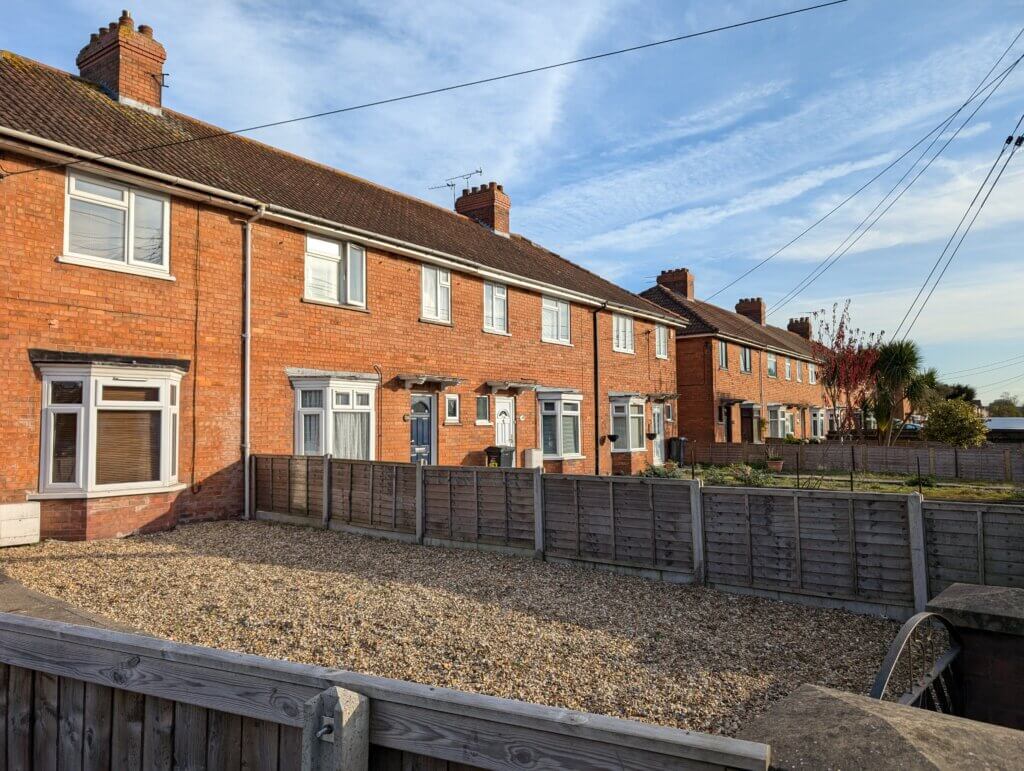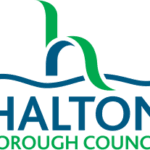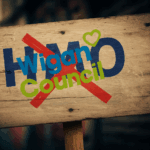Combine two houses or flats – can I make 2 into 1 without planning permission?
As a general rule should not require permission to convert or combine two houses or flats into one as the works are internal and therefore not development according to the Town and Country Planning Act 1990. However some councils and in particular London boroughs are seeking to prevent this. They wish to avoid losing housing stock in their borough. So please read on!
You might also want to check any covenants or previous planning permission on the properties to see if they might prevent you from trying to combine two into one.
A change of use of a building from one unit into two is development as per s55(3)(a) TCPA 1990, irrespective of whether the development would be a material change of use. But an amalgamation from two units into one is only development if it is a material change of use. This is important.

In 2024 the High Court rejected an appeal made by the London Borough of Lambeth against the decision by an inspector to grant a certificate of lawfulness to allow the amalgamation of two flats into one at Peninsula Heights, 93 Albert Embankment, London SE1. Lambeth had refused the application for a Lawful Development Certificate on the grounds that it did not comply with the Lambeth Local Plan. The Inspector decided that the net loss of a single dwelling unit did not have a harmful effect on the housing supply and was therefore not development. The council argued that the London Plan, and therefore its local plan, restricted amalgamations; any such amalgamation must therefore be material. The Inspector and the court said the London Plan does not prohibit amalgamations but counts them as housing losses.
The applicant, Kathryn Van Rooyen, sought to combine her long-term residence (Flat 27) with the adjacent recently acquired Flat 26 to create a larger four-bedroom home to accommodate her elderly parents. Lambeth Council refused both the LDC and planning permission, arguing that the amalgamation would result in the loss of a self-contained unit, contrary to Policy H3 of the Lambeth Local Plan, and that no exceptional circumstances justified the loss.
Key Legal Issues and Findings
-
Material Change of Use: The court agreed with the Inspector that the amalgamation did not constitute a material change of use under Section 55 of the Town and Country Planning Act 1990. The loss of one unit was not significant enough to be considered development requiring planning permission.
-
Policy Interpretation: The court found that neither the Lambeth Local Plan Policy H3 nor the London Plan Policy H8 explicitly prohibited amalgamations. The Inspector correctly interpreted these policies, noting that while they aim to protect housing stock, they do not forbid the combination of units, especially when overall floorspace remains unchanged.
-
Planning Judgment: The Inspector’s conclusion that the loss of a single dwelling unit would not have a significant impact on the borough’s housing supply was deemed a rational planning judgment. The court emphasized that such decisions are context-specific and should consider the broader housing delivery performance of the area.
-
Consideration of Previous Decisions: Lambeth argued that the Inspector failed to consider prior appeal decisions where similar amalgamations were refused. The court held that the Inspector was not obligated to consider decisions not brought to his attention, and Lambeth had ample opportunity to present such information during the appeal process
Read the full judgment at London Borough of Lambeth v Secretary of State for Levelling Up, Housing and Communities [2024] EWHC 1391 (Admin)
This is slightly different to the case of The London Borough of Richmond-upon-Thames v SSETR and Richmond-upon-Thames Churches Housing Trust [2000] 2 PLR 115 and an appeal in the Royal Borough of Kensington & Chelsea where they refused to issue a certificate of lawfulness, the decisions have ruled that the “same use class” exception cannot be relied upon when you combine two dwellings.
Over recent years local authorities are under pressure to deliver more dwellings in their local patch. This is obvious where the LPA is well below their 5 year housing target. As a result some local authorities, especially in London, have updated their local plan to not support the amalgamation of two or more flats or houses into one. This is why we have seen a couple of certificate of lawfulness and indeed other planning applications refused.
Therefore if in London, especially the boroughs of Richmond-upon-Thames and Kensington & Chelsea you are likely to need a full planning permission. We can certainly assist with that. This is spreading to other areas as they update their local plan. But the London Borough of Lambeth v Secretary of State for Levelling Up, Housing And Communities [2024] EWHC 1391 does give guidance where the local plan does not include an amalgamation policy.
Other local authorities are quite happy for two dwellings to be combined into one as they consider it not to be development. Especially outside of London, although South Hams in Devon refused a LDC in 2019 and this was also upheld at an appeal.
If the local authority hasn’t issued guidance on their website, you might like to contact them and ask. However you might opt not to disclose the property location. The vast majority will not have an issue if you wish to combine two houses or flats.
Once the two dwellings are converted into one, you might opt to apply for a certificate of lawfulness.
If you are in a listed building, you will need listed building consent before undertaking any internal works. if you are in a conservation area you may require permission before removing one of the two front doors.
Page Updated: 27th May 2025
Other Common Projects
Many more projects to come....



